Tire Size 295/70r17 vs 315/70r17
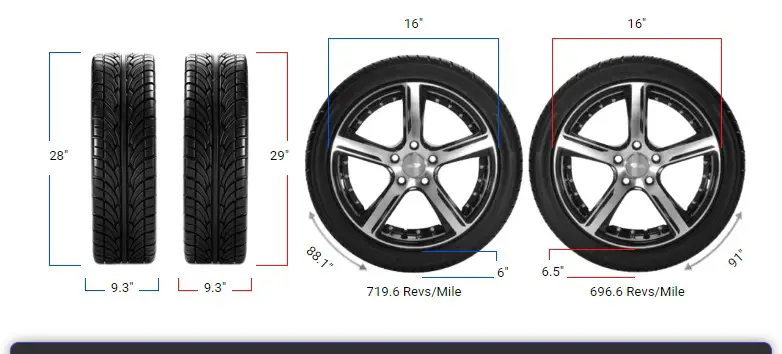
Tire upgrades can significantly alter your vehicle’s performance and aesthetics. The shift from 295/70R17 to 315/70R17 represents a modest increase in size, but even small changes can have noticeable effects. Let’s explore the implications of this tire switch.
- Increased width improves traction and off-road performance
- Larger diameter provides better ground clearance
- Slightly reduced fuel efficiency due to increased size and weight
- Minor speedometer inaccuracy with actual speed lower than indicated
- Potential fitment issues due to size increase beyond 3% guideline
295/70r17 vs 315/70r17 Table
The primary distinction between 295/70R17 and 315/70R17 tires lies in their width. The 315/70R17 is about 0.79 inches (20mm) wider, offering a larger contact patch with the ground.
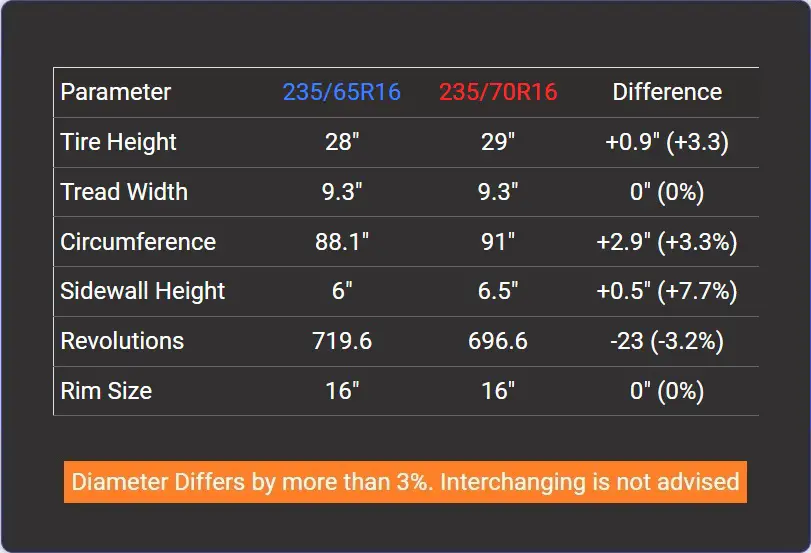
Fitment Guide
In this case, the diameter difference is -3.2%, just slightly outside the recommended range. While close, this exceeds the guideline, suggesting potential issues with fitment and performance.
If you decide to proceed, you may need to make adaptations to your vehicle to prevent rubbing or clearance problems.
On-Road Impact
The switch to 315/70R17 tires brings several changes that can affect your daily driving experience. Here’s how the larger tires might impact various aspects of on-road performance:
- Gas Mileage: The wider 315/70R17 tires may slightly decrease fuel efficiency due to increased rolling resistance and weight. However, the difference is likely to be minimal, possibly reducing fuel economy by 1-2%.
- Ride Comfort: You might notice a small improvement in ride comfort with the larger tires. The additional sidewall height (about 0.55 inches more) can provide extra cushioning, potentially absorbing road imperfections more effectively.
- Speedometer Accuracy: The larger diameter of the 315/70R17 tires will affect your speedometer readings. At a indicated speed of 20 mph, your actual speed will be about 19.36 mph. This means your vehicle will be traveling slightly slower than what the speedometer shows, which could impact trip times and fuel consumption calculations.
- Handling: The wider tires may provide improved stability and cornering performance on dry roads. However, they could also increase the risk of hydroplaning in wet conditions due to the larger contact patch.
- Aesthetics: The 315/70R17 tires will give your vehicle a more aggressive look, filling out the wheel wells more completely. This can enhance the overall appearance, especially for trucks and SUVs.
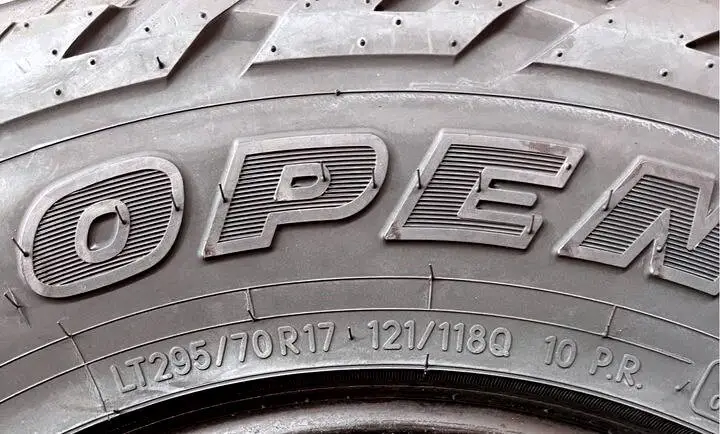
Off-Road Impact
For off-road enthusiasts, the switch to 315/70R17 tires can bring noticeable benefits. Here’s how the larger tires might enhance your off-road adventures:
- Ground Clearance: The slightly larger diameter (about 1.1 inches more) of the 315/70R17 tires will increase your vehicle’s ground clearance. This can be beneficial when navigating rough terrain, providing better obstacle clearance.
- Traction: The wider footprint of the 315/70R17 tires offers improved traction in off-road conditions. This can be particularly advantageous in mud, sand, or loose gravel, where the extra width helps distribute the vehicle’s weight over a larger area.
- Flotation: In soft conditions like sand or snow, the wider tires can provide better flotation, reducing the chances of getting stuck.
- Durability: The larger size generally means more rubber, which can translate to improved durability when tackling harsh off-road conditions. However, this may also result in slightly increased wear on suspension components due to the additional weight.
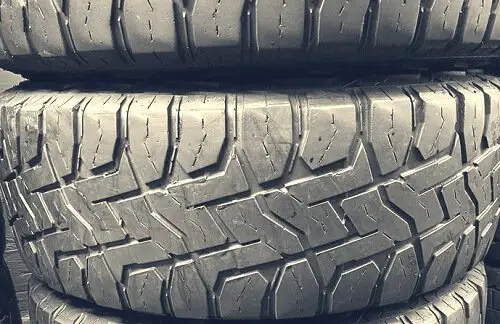
What is the Difference Between 295/70r17 and 315/70r17?
The main difference between 295/70r17 and 315/70r17 tires is their width. The 315/70R17 is about 0.79 inches (20mm) wider, offering a larger contact patch with the ground. The wider profile also contributes to a more aggressive appearance, which many drivers find appealing for trucks and SUVs.
Can I Use 315/70r17 Instead of 295/70r17?
Technically, you can use 315/70r17 instead of 295/70r17, but it’s not recommended without careful consideration. The diameter difference between these sizes is -3.2%, which slightly exceeds the generally accepted 3% rule for tire size changes.
This means you may experience minor issues with fitment, speedometer accuracy, and vehicle performance. If you decide to make this switch, it’s advisable to consult with a professional to ensure proper fitment and address any potential clearance issues.
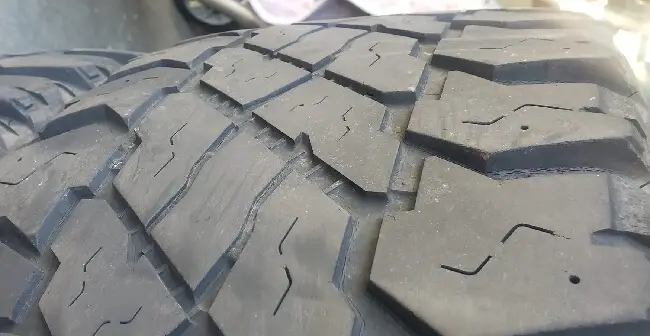
How Much Taller Is a 315/70r17 Tire Than a 295/70r17?
A 315/70r17 tire is 1.1 inches (28 mm) taller than a 295/70r17 tire. The overall diameter of the 315/70r17 is 34.36 inches (872.8 mm), while the 295/70r17 has a diameter of 33.26 inches (844.8 mm). This height difference represents a 3.2% increase in overall diameter.
How Much Wider is a 315/70r17 Tire Than a 295/70r17?
A 315/70r17 tire is 0.79 inches (20 mm) wider than a 295/70r17 tire. The 315/70r17 has a width of 12.4 inches (315 mm), while the 295/70r17 measures 11.61 inches (295 mm) wide. This width difference represents a 6.3% increase in tire width.
Our Observation
Switching from 295/70R17 to 315/70R17 tires offers a mix of benefits and potential drawbacks. The wider, slightly taller profile enhances off-road performance with better traction and ground clearance, which can be significant for enthusiasts.
On-road, the difference in handling and fuel efficiency is likely negligible for most drivers. However, the slight speedometer inaccuracy and potential fitment issues are important considerations.
While the aesthetic improvement is noticeable, it’s crucial to weigh this against possible need for vehicle modifications.
Ultimately, this upgrade is most beneficial for those prioritizing off-road capability and appearance over strict adherence to factory specifications.

Meet Caitlin McCormack, a Tire Size Expert and Blogger Passionate About Everything Related to Tires. With Years of Experience in the Tire Industry, Caitlin Has Become an Expert in Tire Sizes and Their Impact on Vehicle Performance.
